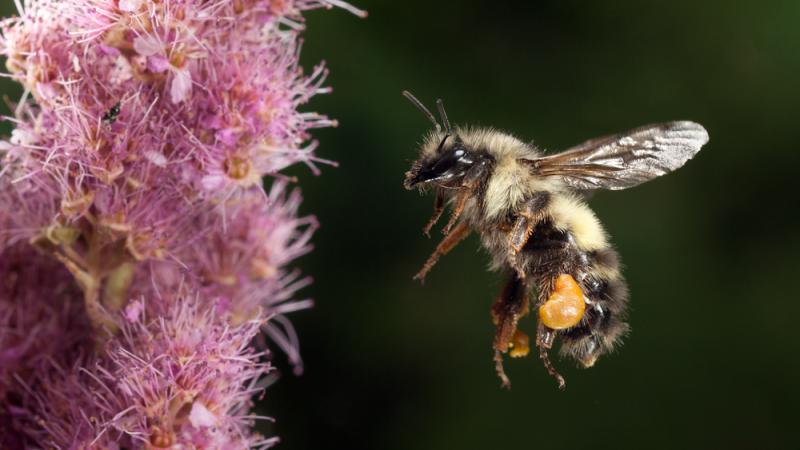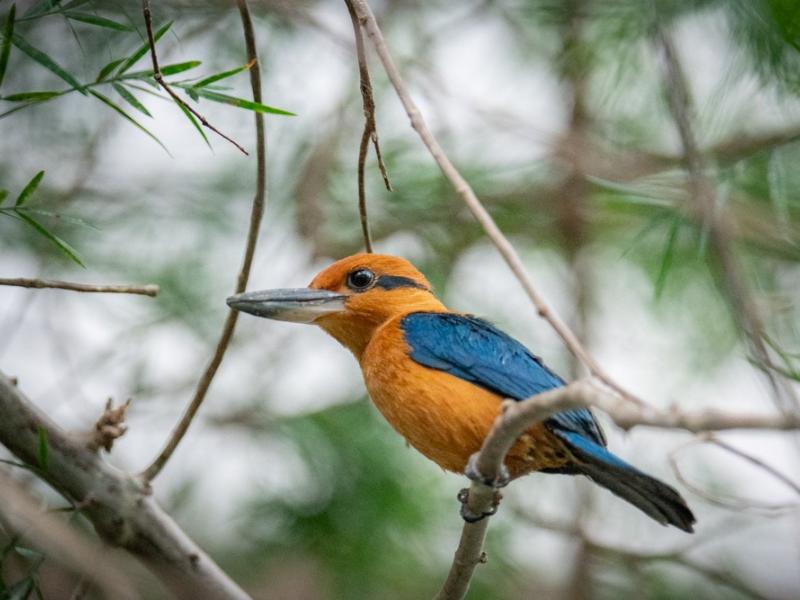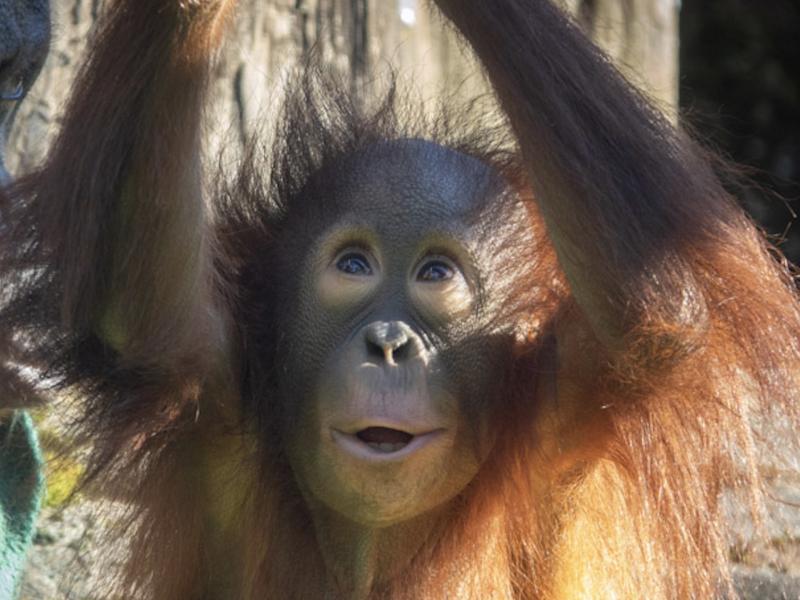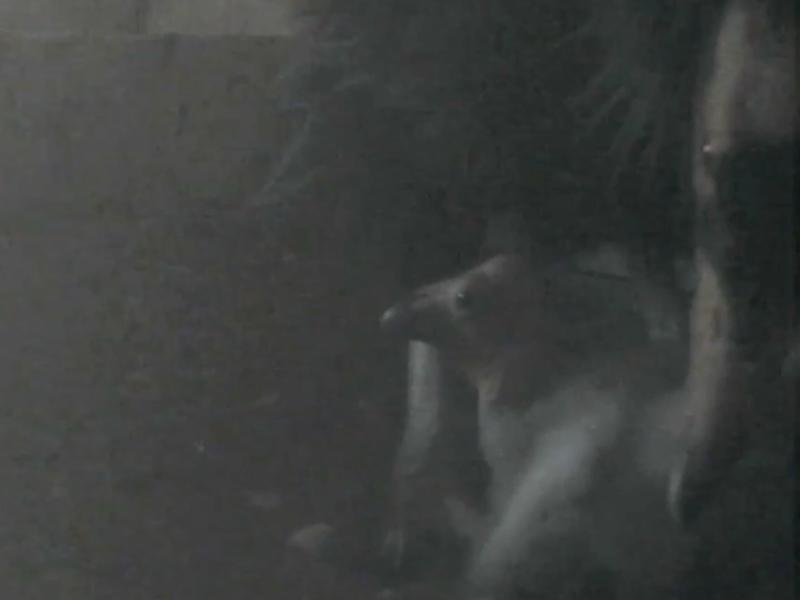Buzzworthy: Bees' favorite foods may hold key to survival

Conservation scientists use DNA analysis to learn more about bees' eating habits
The key to helping native bumblebee populations survive might lie with their taste buds. A new study from Oregon State University is examining which plants bumblebees like best — information that can help conservationists support native bee populations by planting their favorite snacks.
"Having more plants in the landscape that provide food for native bees can definitely help increase their populations," said Sandra DeBano, an associate professor of wildlife ecology at Oregon State University's Department of Fisheries and Wildlife. "If we can learn which plants they prefer, we can help land managers improve habitats for pollinators."
For example, the U.S. Forest Service's restoration efforts often involve planting new vegetation, DeBano said. Data from this study could be used to help them select plant species that native bee populations prefer. Farmers could also use this information to select plants to grow in uncultivated areas to encourage bees to pollinate their crops.
DeBano and her team obtain their data using DNA metabarcoding, a method of analysis that lets researchers identify biological specimens using DNA. They collect and analyze pollen from foraging bees to determine which plants they're eating from and where.
So far, they've extracted DNA from 216 bees, which were recorded visiting over 34 different species of plants. Of those 34 species, 10 were particularly popular with the bees, with more than 78 percent of all bee visits occurring on just 10 plant species.
"Although we're still processing hundreds of pollen samples, we do have some interesting results," DeBano said. "We actually observed two western bumblebees visiting a plant known as Canadian burnet. This is the first known record of the western bumblebee visiting this species."
With funding from the Oregon Zoo Foundation's Future for Wildlife program, DeBano and her team are studying bees at 30 sites in eastern Oregon throughout the Zumwalt Prairie and USFS Starkey Experimental Forest and Range, located in the Blue Mountains. The information they gather will help inform future conservation efforts for bumblebees in the Pacific Northwest and beyond.
The decline of North American bumblebees is part of a larger global pollinator crisis that threatens food production for humans and countless species of wildlife. To find out how to provide backyard bumblebee habitat, visit the Oregon Zoo's small actions page.
More News

Zoo welcomes ultra-rare sihek kingfishers
The Oregon Zoo is home to many critically endangered species, but perhaps none as rare as its newest arrivals: a trio of sihek kingfishers.April 25, 2024

Jolene turns 2: Zoo to celebrate orangutan's 2nd birthday
The littlest member of the orangutan family is celebrating a big milestone this week: Jolene will turn 2 on Saturday.April 12, 2024

Seven chicks and counting: Zoo welcomes first condors of 2024
Seven fluffy chicks hatched last month at the Oregon Zoo’s Jonsson Center for Wildlife Conservation.April 5, 2024

